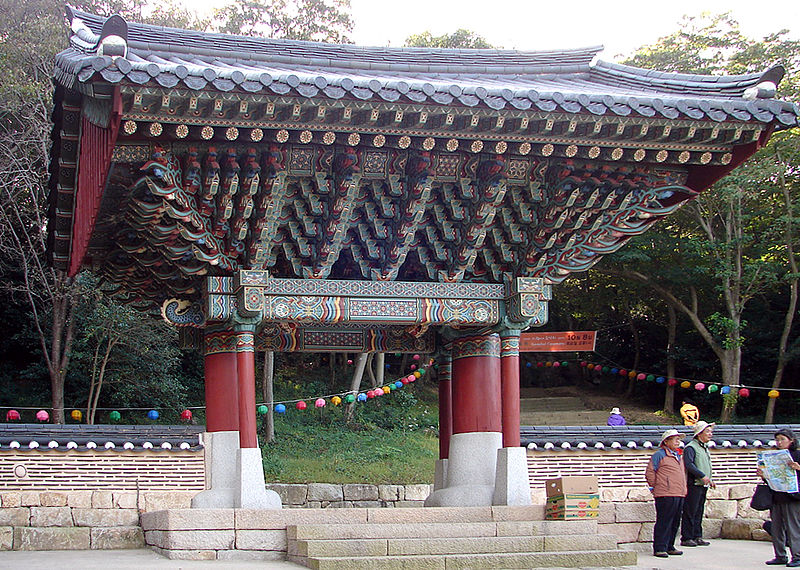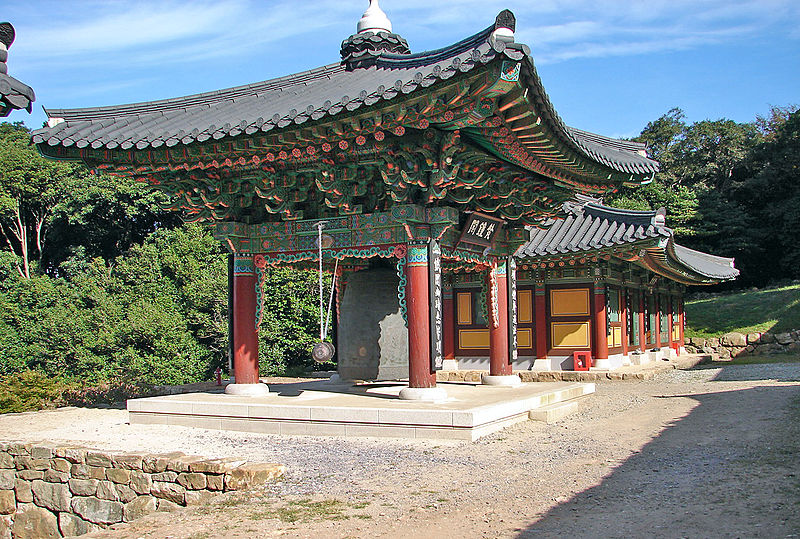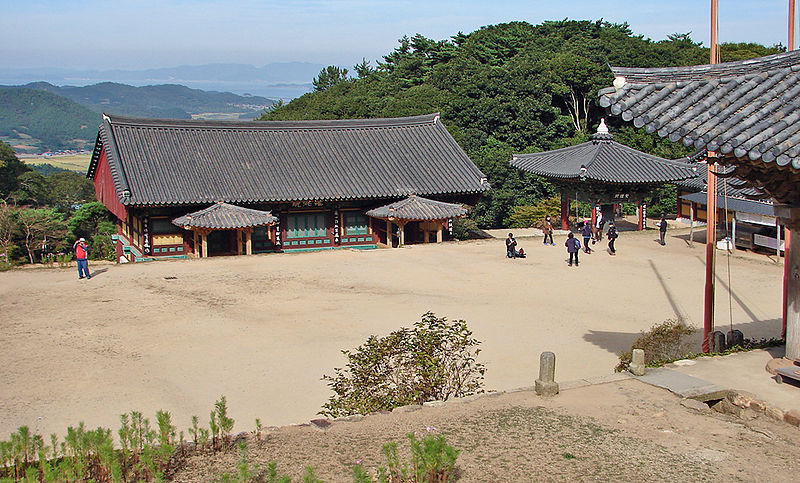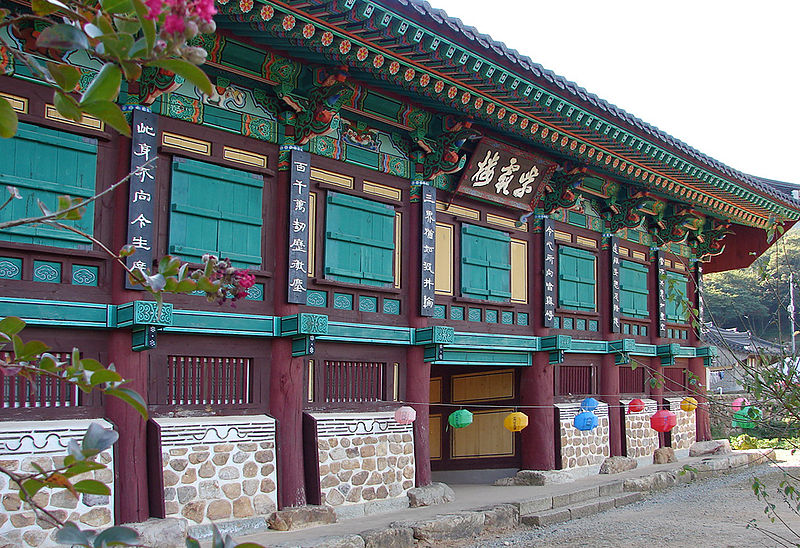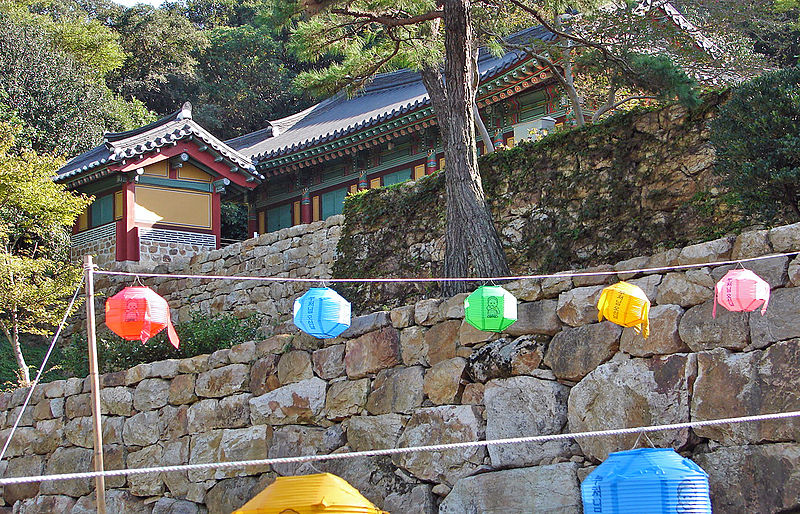Mihwangsa
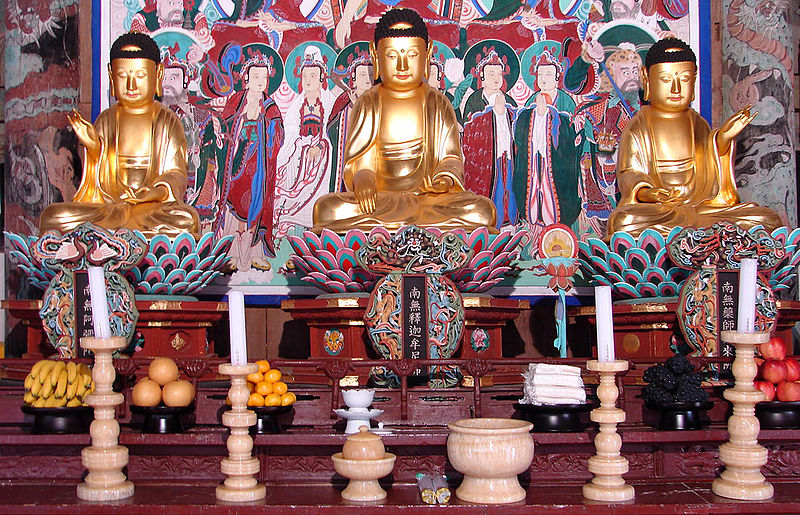
Facts and practical information
Nestled in the serene embrace of Dadohaehaesang National Park, Mihwangsa, a Buddhist temple in South Korea, stands as a spiritual sanctuary that has weathered the passage of time. This tranquil retreat is situated at the southernmost tip of the Korean peninsula, in Haenam County, Jeollanam-do, offering a picturesque backdrop that complements its rich history.
Mihwangsa was founded in 749 during the Silla Dynasty and is said to have been established by the Indian monk Hyecho, who visited the Korean peninsula during his travels. According to legend, a yellow cow came down from Dalmasan Mountain and stopped at the site where the temple now stands, which was seen as an auspicious sign leading to the temple's creation.
The temple complex is an embodiment of peace, with traditional architecture that has been preserved and restored over the centuries. Visitors to Mihwangsa can immerse themselves in the temple's spiritual atmosphere, partake in temple stay programs, and engage in meditation and prayer. The temple also houses several cultural artifacts, including a three-story stone pagoda and a bell dating back to the Goryeo Dynasty, which add to its historical significance.
Mihwangsa is particularly renowned for its scenic beauty during the autumn months when the changing leaves provide a kaleidoscope of color against the temple's timeless structures. It is not just a haven for those seeking spiritual enlightenment but also for nature lovers and history enthusiasts who wish to experience the harmonious blend of culture and nature.
247, Seojeong-ri, Songji-myeonHaenam-gun 536-922 Jeollanam-do


